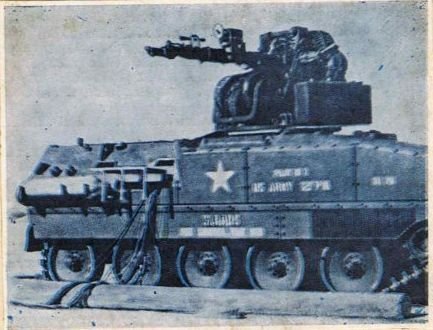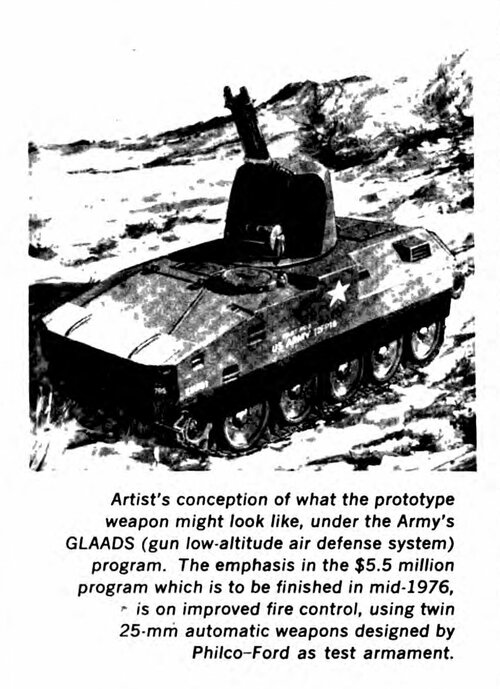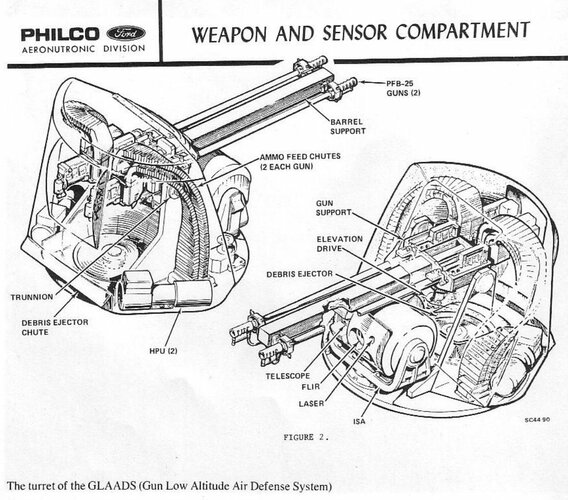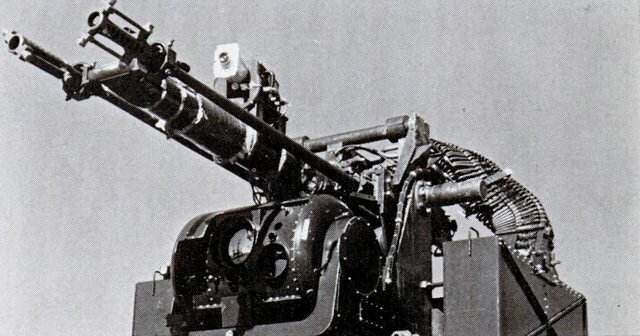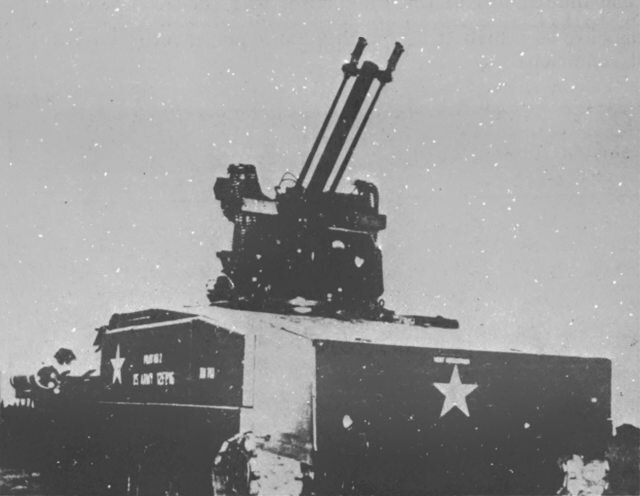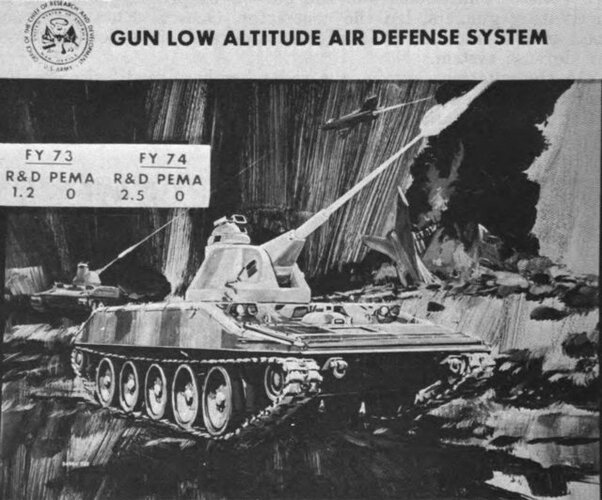- Joined
- 21 May 2006
- Messages
- 3,002
- Reaction score
- 2,280
G’day gents
I’ve stumbled across this web site
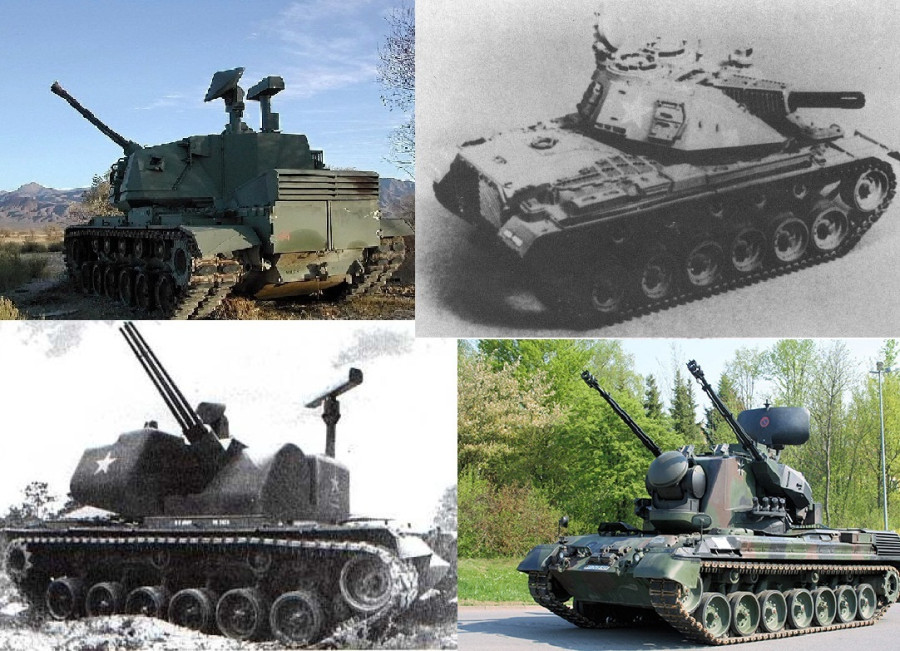
 doktorkurgan.livejournal.com
doktorkurgan.livejournal.com
which depicts a prototype (in 1977) SPAAG, which from what I can make out (via translation), combines a 25mm cannon, with the chassis of the XM-701 MICV!
It appears it’s a response to the shock of the effective performance of the ZSU-23-4 ‘Shilka’ SPAAG in the 1973 Arab-Israeli War, in a program what appears to be a program denoted as ‘GLAADS’
This prototype as stated: “included the opto-electronic system with a thermal imager, laser rangefinder, it was tied to the ballistic computer. Apparently, they wanted to outdo the "Shilka"
Does anyone know any more about this prototype?
Does anyone have more information as to what GLAADS program was?
Regards
Pioneer
I’ve stumbled across this web site

Развитие ПВО US Army: ЗСУ времен Холодной Войны (часть 2).
Продолжаем тему американских ЗСУ времен Холодной войны. Прежде, чем перейти собственно к конкурсу DIVAD, хотелось бы упомянуть о некоторых предпосылках, которые привели к острой попаболи необходимости USArmy в новых ЗСУ. Вертолет против танка опыты 1972-го года. Во время боевых действий в…
 doktorkurgan.livejournal.com
doktorkurgan.livejournal.com
which depicts a prototype (in 1977) SPAAG, which from what I can make out (via translation), combines a 25mm cannon, with the chassis of the XM-701 MICV!
It appears it’s a response to the shock of the effective performance of the ZSU-23-4 ‘Shilka’ SPAAG in the 1973 Arab-Israeli War, in a program what appears to be a program denoted as ‘GLAADS’
This prototype as stated: “included the opto-electronic system with a thermal imager, laser rangefinder, it was tied to the ballistic computer. Apparently, they wanted to outdo the "Shilka"
Does anyone know any more about this prototype?
Does anyone have more information as to what GLAADS program was?
Regards
Pioneer

